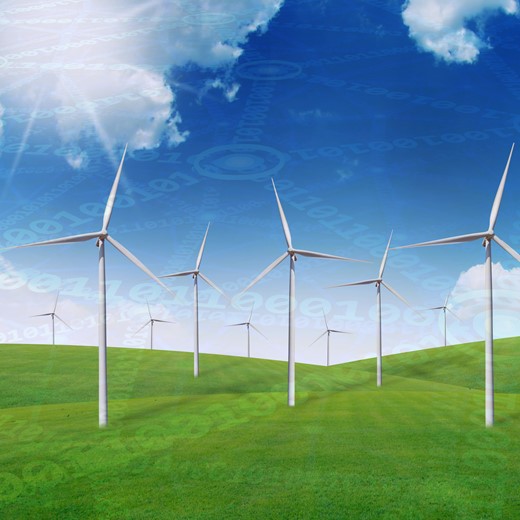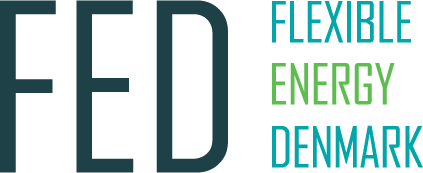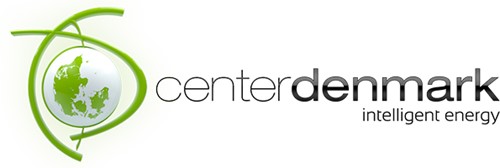About FED - Flexible Energy Denmark
FED is a Danish digitalization project aimed at turning Danish electricity consumption flexible to enable excess power production from wind turbines and solar cells.
The project is funded by Innovation Fund Denmark.

Why do we need flexibility?
Green transition
In Denmark we are working on a green transition from ‘brown energy’ (oil and coal) to green energy (wind and solar power). Regrettably, we experience major challenges regarding the integration of wind and solar energy that is produced into the electricity grid. In practice this means that we have a surplus of green energy that is not being utilized.
Increased electrification
At the same time, we are heading towards a future in which we will see a continuous electrification of our society. We are already experiencing a rise in the number of heat pumps and electric cars in Danish households, which increases our consumption of energy.
But that is great, right? We have a surplus of energy and are facing an increased consumption, then everything is on the right track, isn't it?
Not quite. There is a time delay regarding the production and the consumption of energy in Denmark. Wind turbines, for example, do not stand still during the night, even though most people are sleeping. At the moment, many bright minds are investigating whether it is possible to preserve that surplus power in physical batteries.
Displacement of our energy consumption
However, this is not what we do in the FED project. We are working on moving the consumption so that it fits the production. Since not all consumption can be time delayed, we are attempting to store the power virtually; that is, we are trying to use, for example, the district heating system to store our surplus power until the power is needed. If we are unable to equalize the time delay, our electricity grid will be in trouble, seeing as it is not dimensioned to having all electric-car owners in the year 2030 charge their car batteries simultaneously when they get home from work at around 16:30.
If, on the other hand, we are successful in displacing some of the power consumption and storing the rest virtually, we will be able to save a lot of money in Denmark – in fact, several million Danish kroner. We can, amongst other things, avoid extending our electricity grid, but we can also avoid further expensive investments in the production and storage of power.
We use Big Data and Artificial Intelligence, including Machine Learning
In the FED project we analyze large amounts of consumer data and consumer behaviour. The ambition is to enable the development of digital solutions that are capable of adjusting the power consumption to fit the power production – among other things by use of Machine Learning and different tools for handling Big Data.
As a result, Denmark’s new national research for green transition, Center Denmark, is also among the partners in the FED project. Their role will be to make the knowledge that the FED project creates available to the entire energy sector in Denmark. This will allow the solutions and results of the project to be applied as widely as possible.
Read more at the centre's website
Facts about the FED project:
- FED = Flexible Energy Denmark
- 24 participants from universities, utility companies, businesses and public organizations.
- A 4-year-long (2019 – 2023) scientific project with commercial potential.
- Total budget DKK 44 million. Innovation Fund Denmark has granted DKK 30 million.
- The project is data-driven and is to enable the development of digital solutions for the control of power consumption in Denmark.

